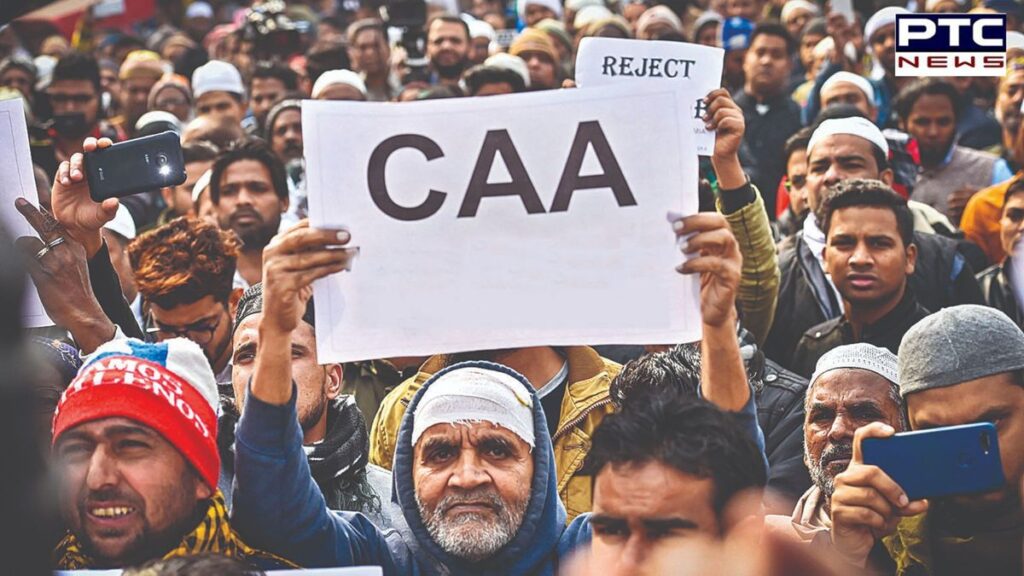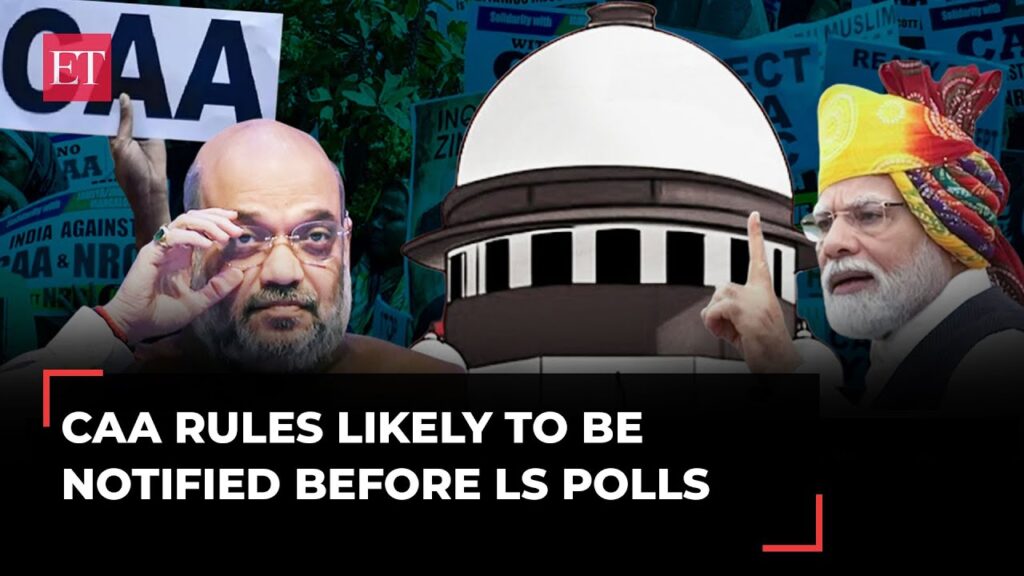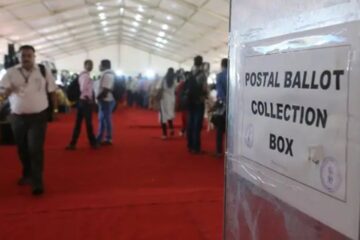CAA Drone Rules and Regulations: In recent years, the use of drones has surged dramatically, transforming various industries and hobbies. However, with this technological advancement comes the need for clear rules and regulations to ensure safety, security, and responsible operation. The Civil Aviation Authority (CAA) plays a crucial role in establishing and enforcing these rules governing drone usage.
It is possible that the Center will send out CAA rules before the Model Code of Conduct goes into effect, according to sources.
India Today TV reported that people familiar with the situation said the Center could make the rules for the controversial Citizenship Amendment Act (CAA) public before the Election Commission of India (ECI) puts the Model Code of Conduct into effect before the Lok Sabha elections.

What is the CAA?
The Civil Aviation Authority (CAA) is the regulatory body responsible for overseeing all aspects of civil aviation in many countries worldwide. Its primary objective is to ensure the highest standards of safety and security within the aviation industry. When it comes to drones, the CAA sets out rules and regulations to govern their operation in national airspace.
Recently, Union Home Minister Amit Shah said that the CAA would be made public before the Lok Sabha elections. He also said again that the Act does not take away anyone’s passport because it does not say that it does.
“Our Muslim brothers are being led astray and encouraged to fight the CAA.” Shah said, “It’s not for taking away anyone’s Indian citizenship.”
Key Regulations:
Registration:
In many countries, drone operators are required to register their drones with the relevant aviation authority, including the CAA. This process typically involves providing information about the drone and the operator to ensure accountability and traceability.
Pilot Qualifications:
The CAA often mandates that drone pilots obtain the necessary qualifications before operating a drone. This may include passing a knowledge test, undergoing training, and obtaining a license or certification. These measures ensure that drone operators have the skills and knowledge to fly safely and responsibly.
Flight Restrictions:
The CAA imposes various restrictions on where drones can be flown to prevent interference with manned aircraft, ensure public safety, and protect sensitive areas. These restrictions may include no-fly zones around airports, government buildings, and other critical infrastructure.

Operating Guidelines:
The CAA provides guidelines for safe drone operation, covering aspects such as maximum altitude, distance from people and property, and weather conditions. Adhering to these guidelines helps minimize the risk of accidents and ensures that drones are operated responsibly.
Equipment Requirements:
Drone operators must comply with equipment requirements set by the CAA, such as installing anti-collision lights and ensuring that the drone is in good working condition. Regular maintenance and inspections are essential to prevent malfunctions and accidents.
Enforcement:
The CAA enforces drone regulations through various means, including inspections, surveillance, and penalties for non-compliance. This enforcement ensures that drone operators adhere to the rules and operate safely within the national airspace.
Stay Informed:
Given the rapid advancements in drone technology and evolving regulatory landscape, it’s crucial for drone operators to stay informed about CAA rules and regulations.

Conclusion:
The Civil Aviation Authority (CAA) plays a vital role in regulating drone usage to ensure safety, security, and responsible operation. By adhering to CAA rules and regulations, drone operators can enjoy the benefits of this technology while minimizing risks to themselves and others. Stay informed, fly responsibly, and contribute to the safe integration of drones into the national airspace.

Bimal Mardi is a Professional Content Writer. He works in First Santal Broadcast Network TV/ News channel in India. Bimal Mardi writes about Technology, Education and Tech Product Reviews


